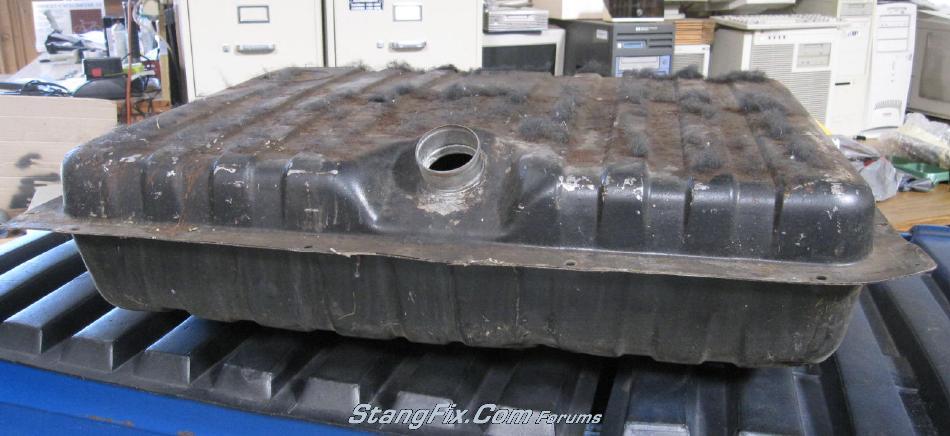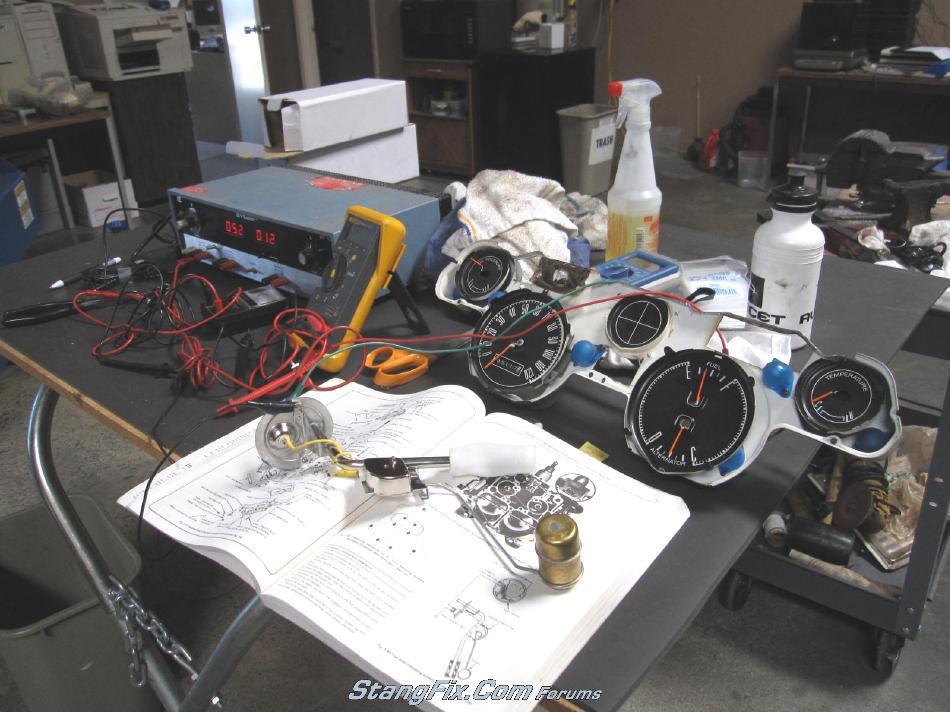Well here's my newly acquired crusty old 22 gallon tank which I'll be using for sending unit testing. It was free so I jumped on it during lunch. Gonna clean up the outside a little and chop a hole in the top as Sam suggested.
All I'm most concerned is the accuracy for 1/4 and 1/2 tank levels. Don't really care about how accurate it reads when I just filled the tank.
Lot more fixture set up to do, with gauges, dc power supply, etc. Last night I did test the reading of a 65-68 and a 69 sending unit. Also powered up Shag's old stock fuel gauge with a variable DC power supply and it worked. Going to try Red's original gauge tonight.


All I'm most concerned is the accuracy for 1/4 and 1/2 tank levels. Don't really care about how accurate it reads when I just filled the tank.
Lot more fixture set up to do, with gauges, dc power supply, etc. Last night I did test the reading of a 65-68 and a 69 sending unit. Also powered up Shag's old stock fuel gauge with a variable DC power supply and it worked. Going to try Red's original gauge tonight.
Last edited by a moderator:

